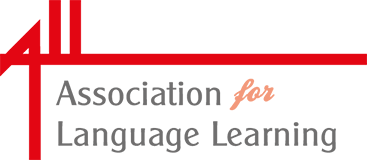Creativity
I picked up my Sunday colour supplement and on the front page was the headline ‘Who killed Santa Claus?’ There was no answer given, except for a number of clues which you had to work out for yourself. My imagination immediately took off. I imagined a classroom scenario with a puzzle to solve where the clues could be found on artefacts and pieces of paper. This was a class activity and couldn’t be solved by a individual alone. If the clues were in the language they were learning and the context was engaging there was an incentive to do it. But what would the context be and where would the clues come from? Découvertes 1 is the resulting publication.
Learning language is about extending what you want to say. It can be sharing something new, making someone smile, inventing something, expressing your own personality. Being Creative is the book in which I explore these ideas.
In these two books I explore ways of helping and encouraging language learners to be ‘creative’. I focus in particular on helping learners:
● Explore ways of making their own meaning;
● Discover new possibilities in the language they know.
The definition of creativity I use also has to do with activities which encourage learners to use their imagination, and to involve themselves as thinking, questioning, feeling, imagining human beings - a definition which is the essence of real life communication.
So how do we give pupils the opportunity to use the language that they have acquired? Read on to find out …
